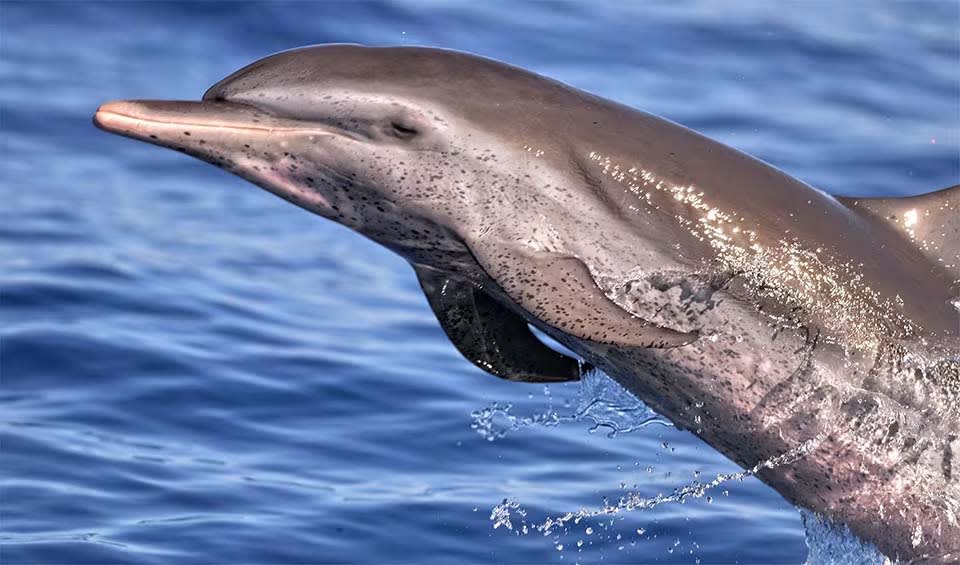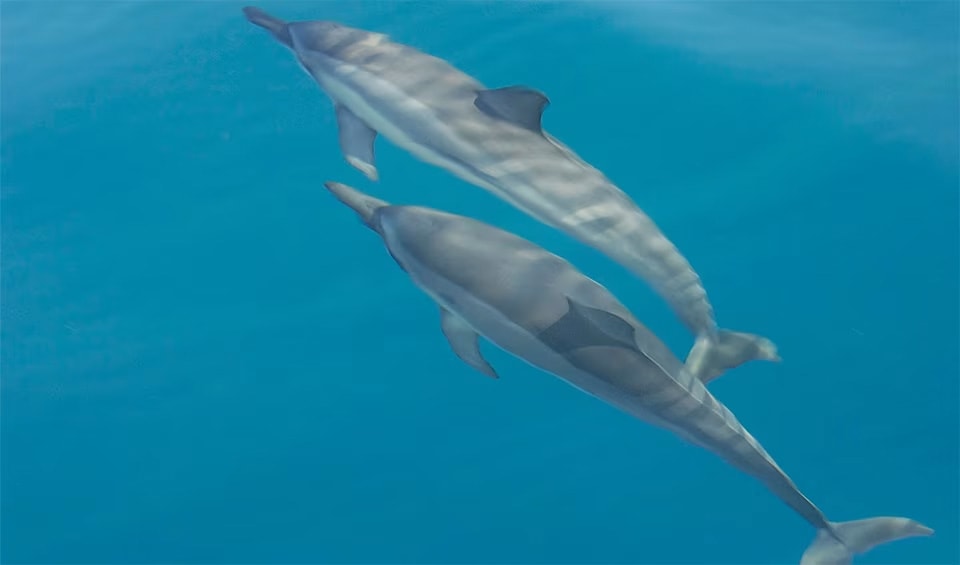Stenella – Striped dolphins
Commonly they are known as the striped, spotted, and spinner dolphins
Striped dolphins are among the most vibrant and dynamic members of the dolphin family, displaying a range of behaviors and physical characteristics that set them apart in the marine world. This genus comprises several species, each with unique adaptations that allow them to thrive in their respective habitats, which span tropical, subtropical, and temperate waters globally.
One of the most striking features of striped dolphins is their distinctive markings. As their name suggests, these dolphins exhibit beautiful stripe patterns along their sides, contributing to their identification and adding to their aesthetic appeal. Beyond their visual allure, these markings may play roles in social communication or camouflage, although the specific functions remain a subject of scientific inquiry.
Striped dolphins are renowned for their acrobatic prowess, often engaging in leaps, spins, and flips above the water’s surface. This behavior not only showcases their physical agility but may also serve various purposes, including social bonding, communication, and the removal of parasites.
An intriguing aspect of striped dolphins’ behavior is their association with large schools of tuna. This relationship has fascinated researchers and fishermen alike, with both species often seen swimming together. While the precise nature of this association is still not fully understood, it is believed to be an ecological partnership where both parties benefit from increased protection against predators and collaborative feeding opportunities.
The social structure of striped dolphins is highly variable, with pod sizes ranging from solitary individuals to groups numbering in the hundreds. These complex social networks are crucial for their survival, facilitating cooperative hunting, predator avoidance, and nurturing of the young. The lifespan of striped dolphins varies by species, with the Pantropical Spotted Dolphin (Stenella attenuata) living up to 40 years and the Clymene Dolphin (Stenella clymene) around 25 years, highlighting the diversity within the genus.
Species in this genus
Pantropical spotted dolphin
A champion swimmer and a social butterfly of the warm seas
Spinner dolphin
Acrobats of the ocean can spin up to seven times in the air



